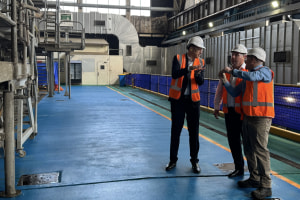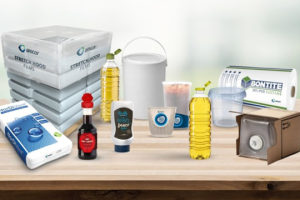The Australian food & beverage manufacturing industry has been surprisingly resilient during COVID-19, an industry report from Interactive Analysis says.
Interact Analysis’ COVID-19 Insight Service has looked at manufacturing around the world from its quarterly Manufacturing Industry Outlook Tracker. It quantifies the total value of manufacturing production for more than 35 industries and machinery sectors across 38 countries.
IA says Australia is the 18th largest manufacturer worldwide in 2019. Directly above it in performance are Turkey, Taiwan and Poland, while China and the US top the list with outputs of $15 trillion (all figures in US dollars) and $5 trillion respectively. Only seven countries have output over $1 trillion: China, USA, Japan, Germany, Korea, Brazil and India.

F&B production is in the top three most valuable manufacturing sectors in Australia, IA CEO and senior research director - US Adrian Lloyd said.
This is not unique for a range of factors, including the obvious constant demand for food and drink and the perishable nature of many foods requiring local production. Cultural trends tend to lead local populations to eat things only popular in that country and governments prioritising food self-sufficiency. This last fact is also set to becoming a bigger focus due to COVID-19, Lloyd said.
IA said overall market value was $92.4 billion in 2019 and it does not see the sector suffering badly from the pandemic. It projects a dip to $91.9bn in 2021 and 2022 but rising to $101 billion by 2024.
The report recounts Australia’s manufacturing boom time in the 70s, 80s and 90s when tariffs were cut.
It says up until 2019 mining machinery manufacturing in Australia outstripped al other machine manufacturing sectors. In 2019 it was valued at nearly $3 billion and not far behind the US’ $4 billion.
While the strength of the sector has been largely driven by mining being a cornerstone of Australia’s economy, Lloyd said the tracker forecasts a 35 per cent drop to around $1 billion due to COVID-19 factors slowing investment in new machinery. IA anticipates incremental sales improvements to be worth around $2.5 billion by 2024.
Lloyd said that looking at the historical data, there is a high degree of resilience and consistency in nearly all of Australia’s manufacturing sectors. While COVID-19 will have an impact on all except F&B, recovery is predicted to be swift.
Note: the MIO doesn’t measure value add, it measures value of output, regardless of materials used. For example, take rubber: it starts as a chemical, gets converted into rubber, which gets made into a tire, built into a car, and then sold again. So, in the MIO, the same product is counted repeatedly. This does lead to some double counting – as is obvious from our $15 trillion China figure.






